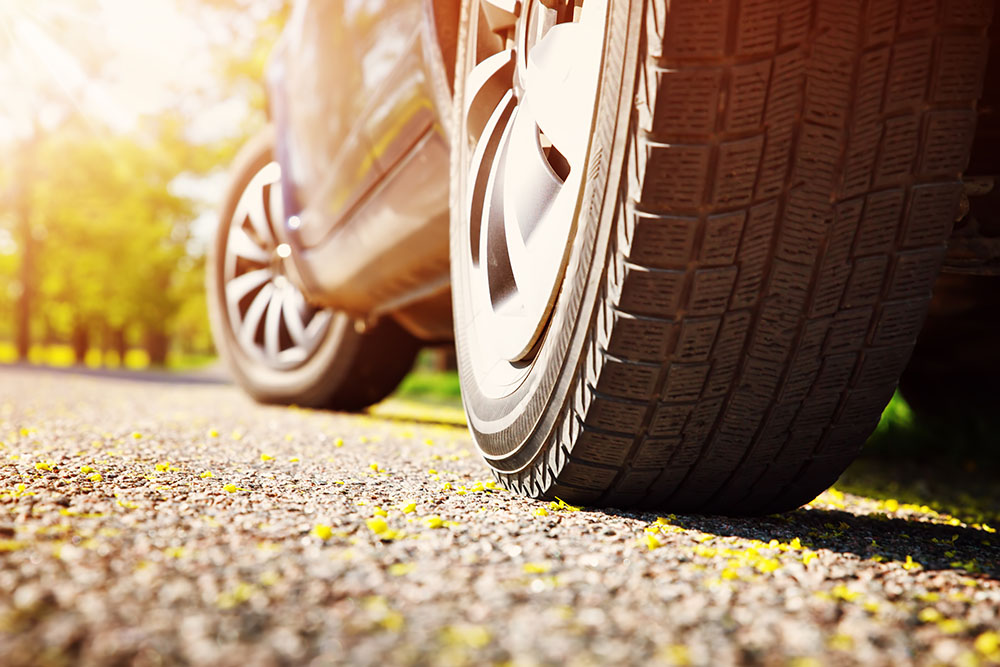All-Season Treads: The Right Choice for Spring Adventure

Your tires are indispensable and crucial to your safety because they work with other parts of your vehicle to stop, start, and steer properly.
All-season tires possess a blend of features that make all-season tires the ultimate tire for year-round driving.
What makes an all-season tire a good choice for year-round driving?
Different seasons come with different conditions and that’s why different tires are designed for specific applications. There are three main types of tires on the market--winter, summer, and all-season tires.
Tire technology has improved significantly within the last 40 years and today’s tires are safer and long lasting. Though their construction enables them to perform in colder weather, all-season tires work best when temperatures hover right above 45° F/ 7°C.
All-season tires provide adequate handling on wet, dry, and light snow-covered roads. They are designed with rubber that will stay flexible in both warm and cold weather and were created as an alternative for car owners who don’t want two sets of tires.
The tread design of these tires was introduced in 1977 to give superior traction and stability in all types of weather conditions. Designing tires is a give and take situation. Improving one performance factor almost always means diminishing one or more others.
A closer look at the tread design reveals many narrow channels that move water from underneath the tire to the edges. Tread “blocks,” the sections around the tire, are designed as solid shapes arranged in a chevron pattern.
All-season tires are designed for stability on wet roads. The goal is to keep your vehicle from hydroplaning–sliding over a thin sheet of water.
Also, rubber compounds in all-season tires make them good in a wide range of hot and cold temperatures typically found in spring, summer and fall. As a result, they make a good year-round choice for Mediterranean climates.
The advantages of using all-season tires include the following:
- Hard rubber compounds improve handling and wear on warm summer roads.
- Tread block and groove design to handle wet roads and help prevent “hydroplaning,” sliding caused when a thin sheet of water forms between tire tread and the road.
- There’s no need to swap out tires for drivers who live in temperate climates. An all-season tread can handle year-round weather fluctuations, but its rubber compounds are not designed for areas prone to freezing.
- Need a long tire lifespan? Some all-season models offer up to 80,000 miles/125,000 km.
- What about SUVs or trucks? All-season treads come in versions for just about any vehicle from sedan to SUV to truck.